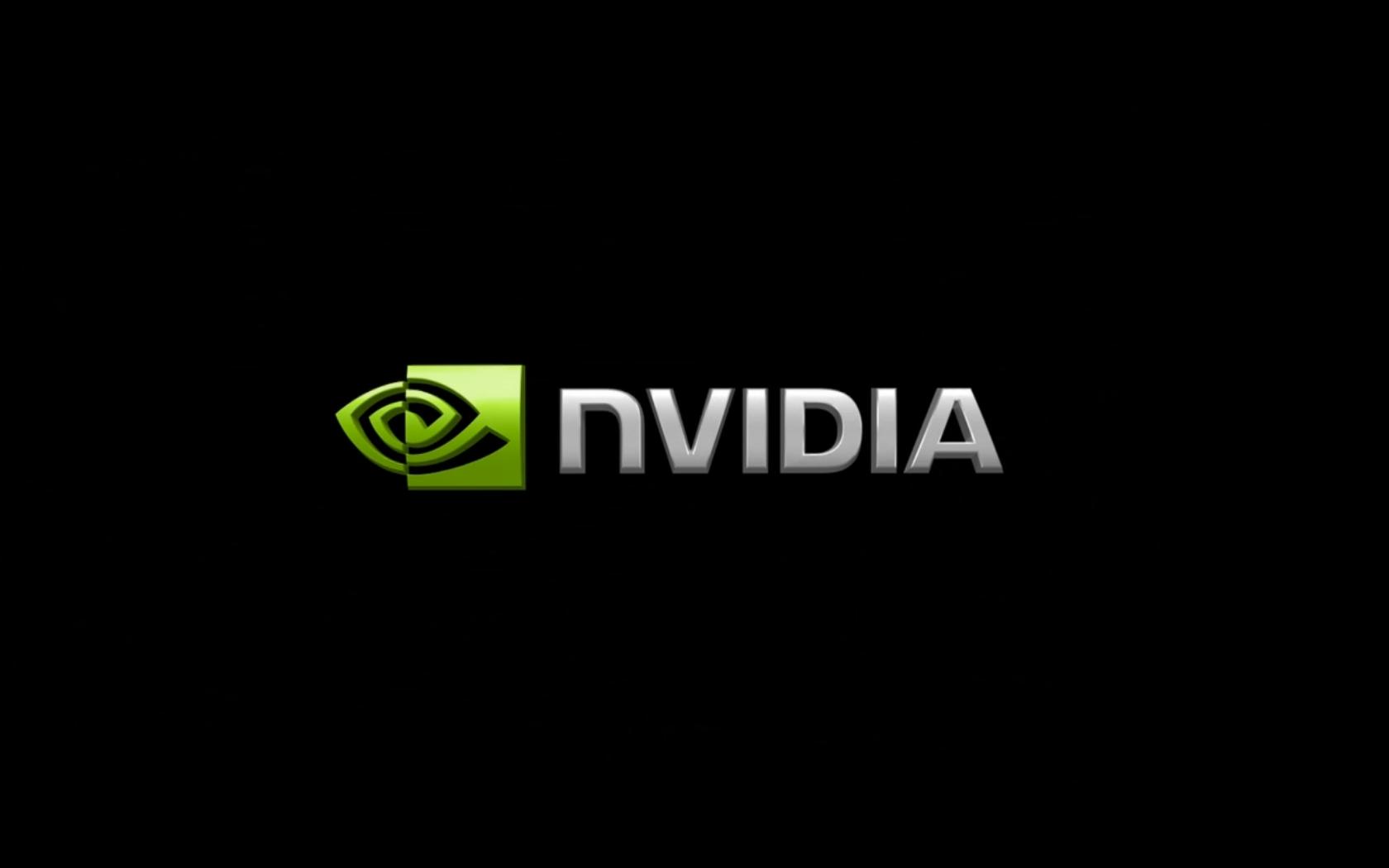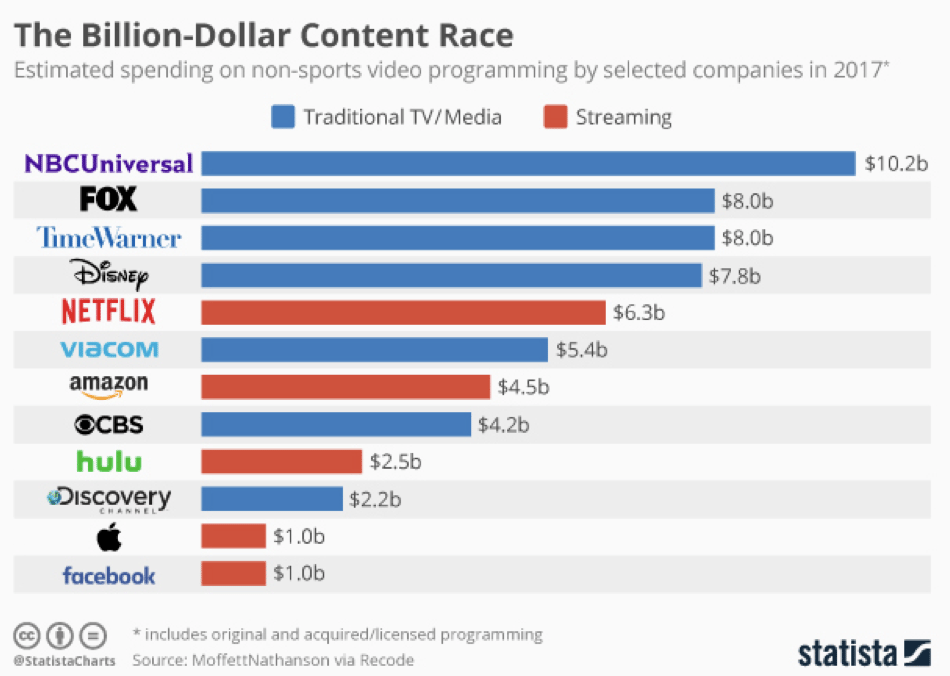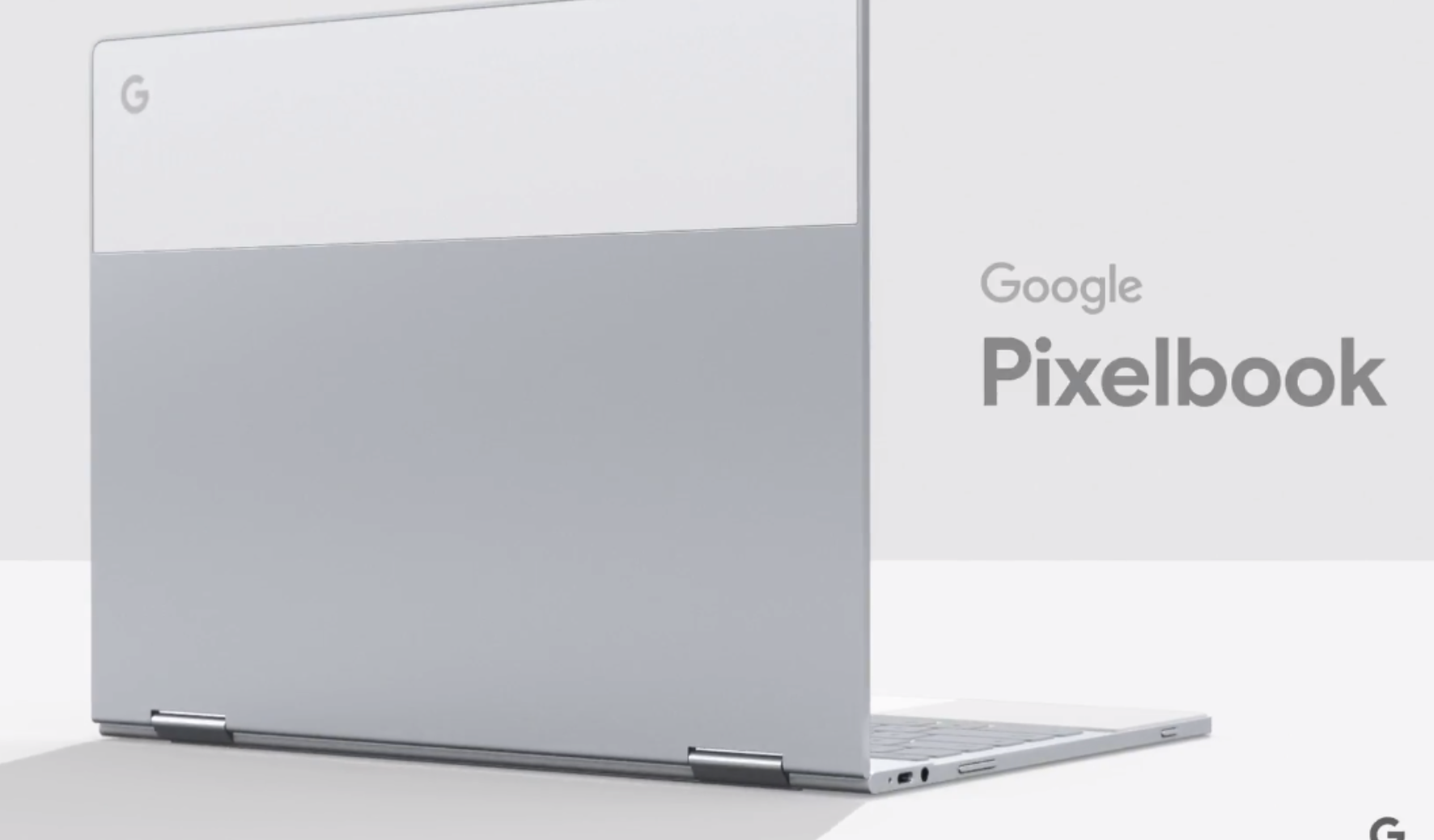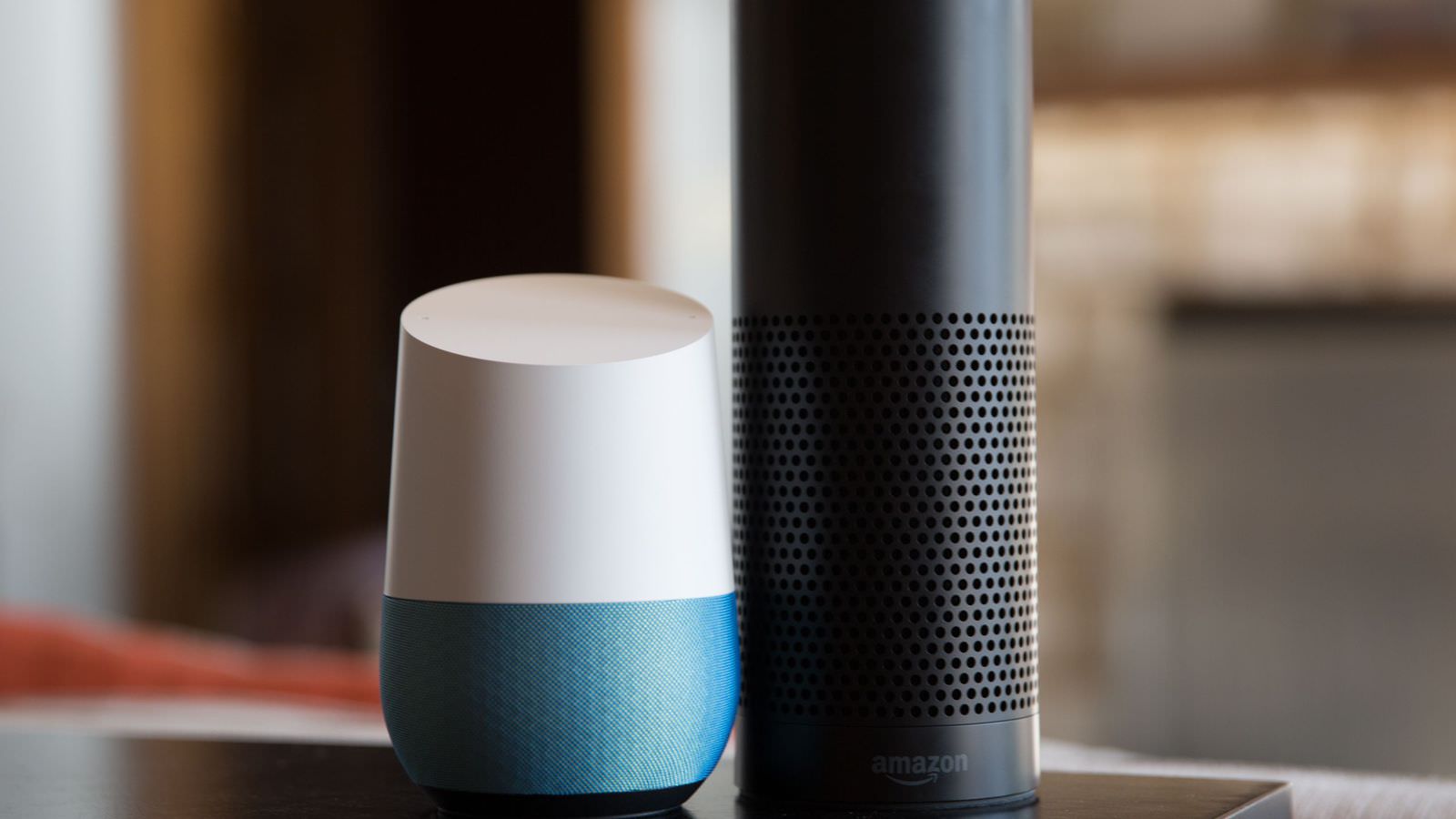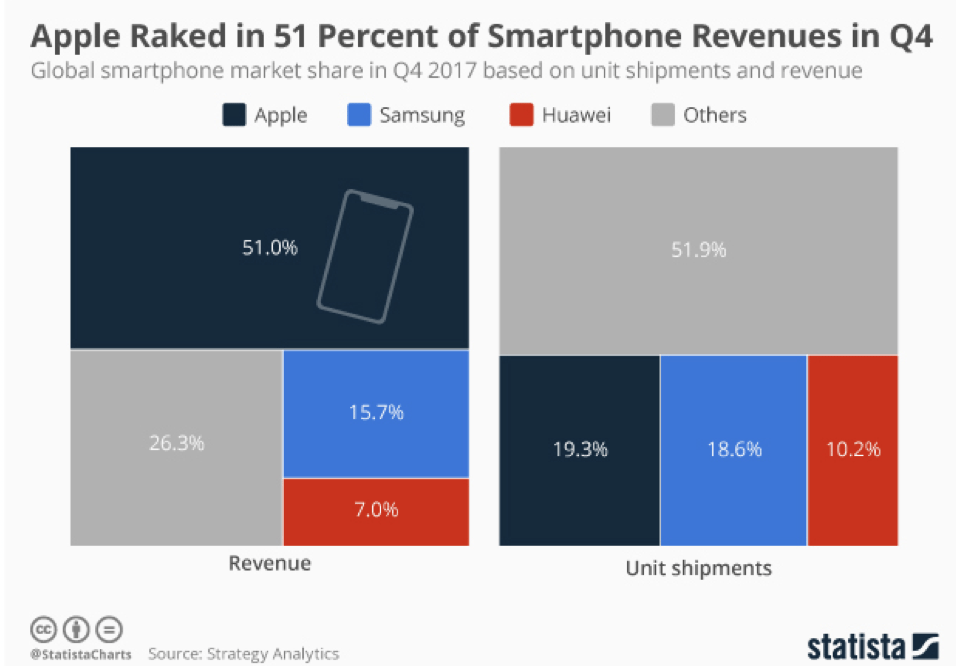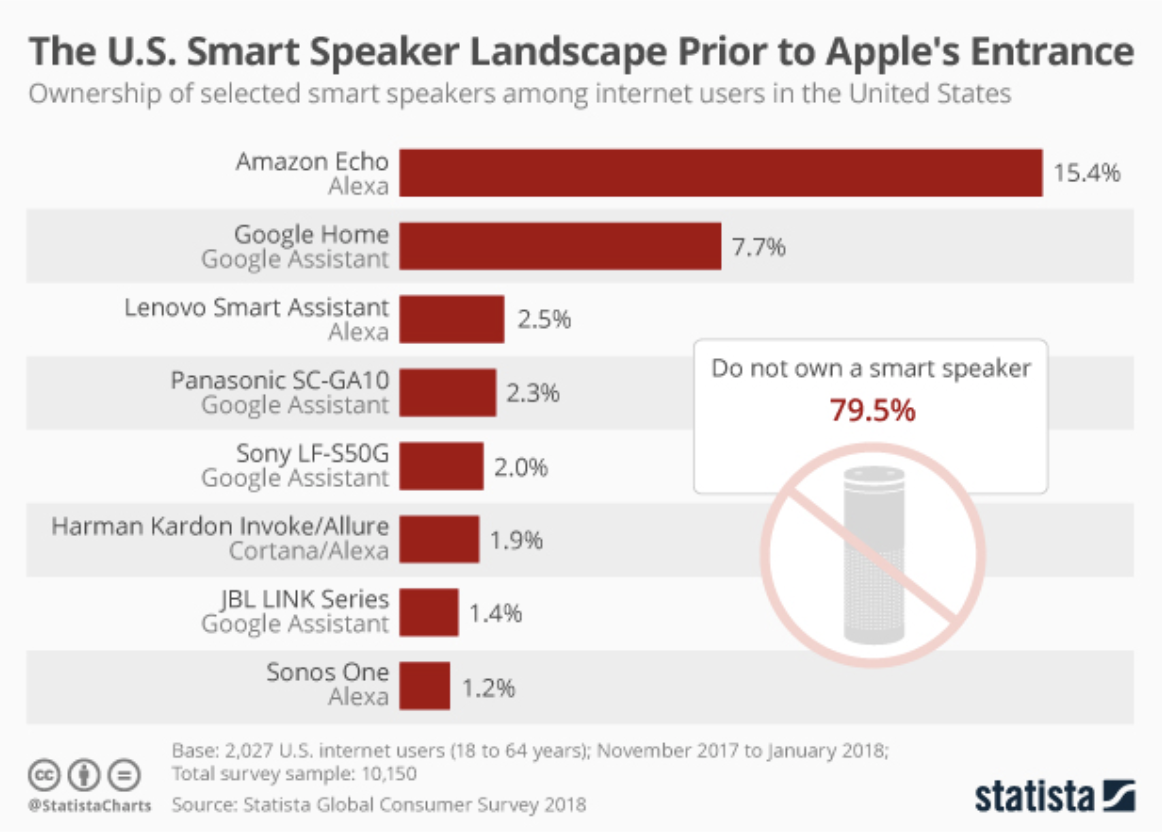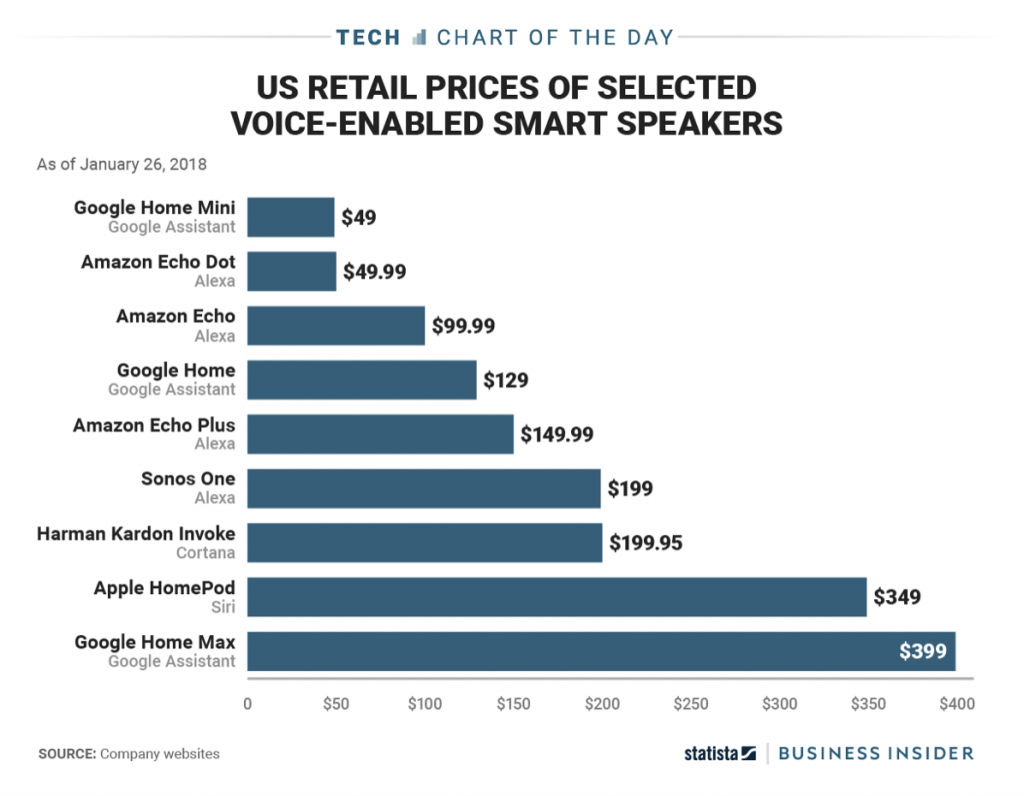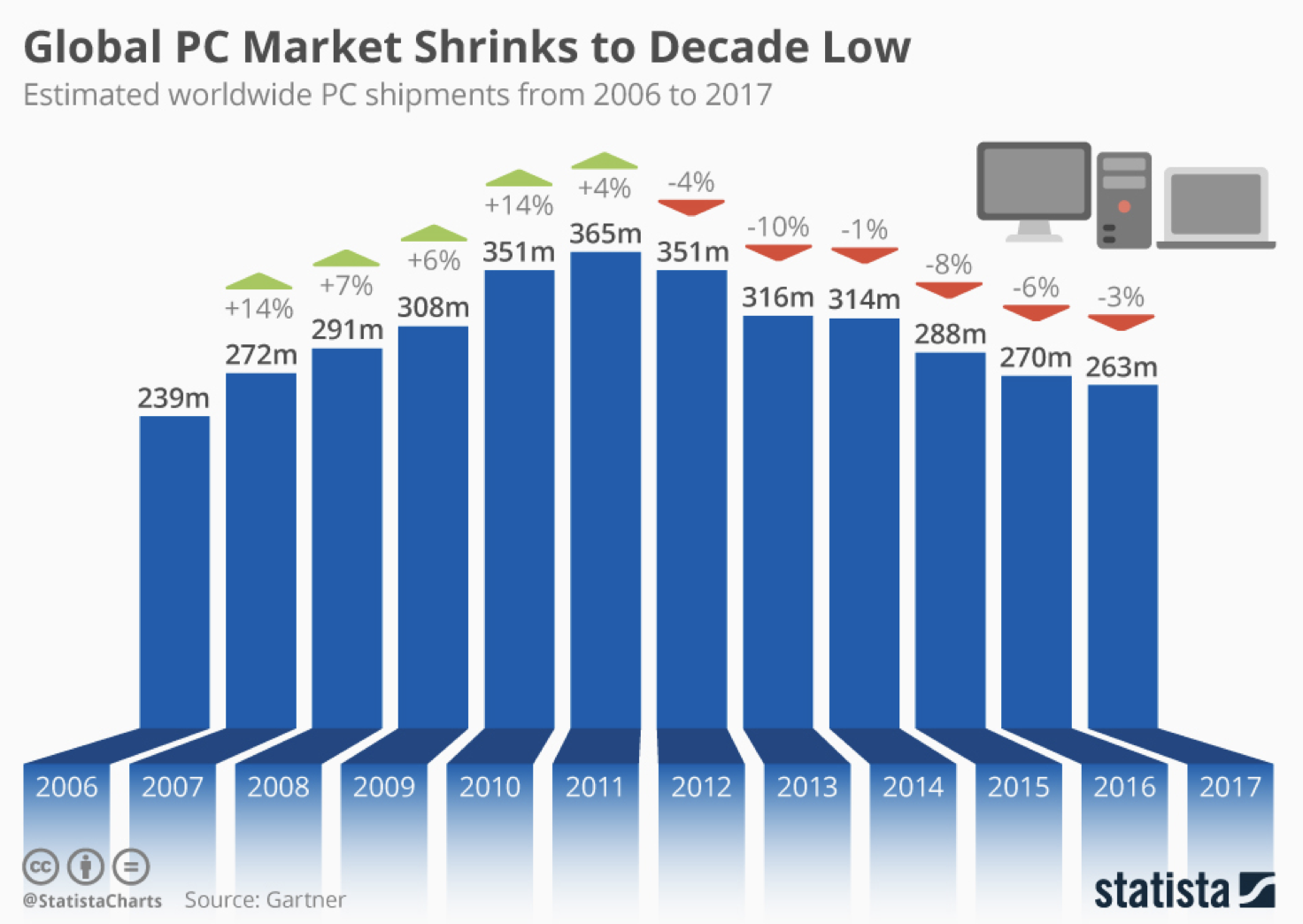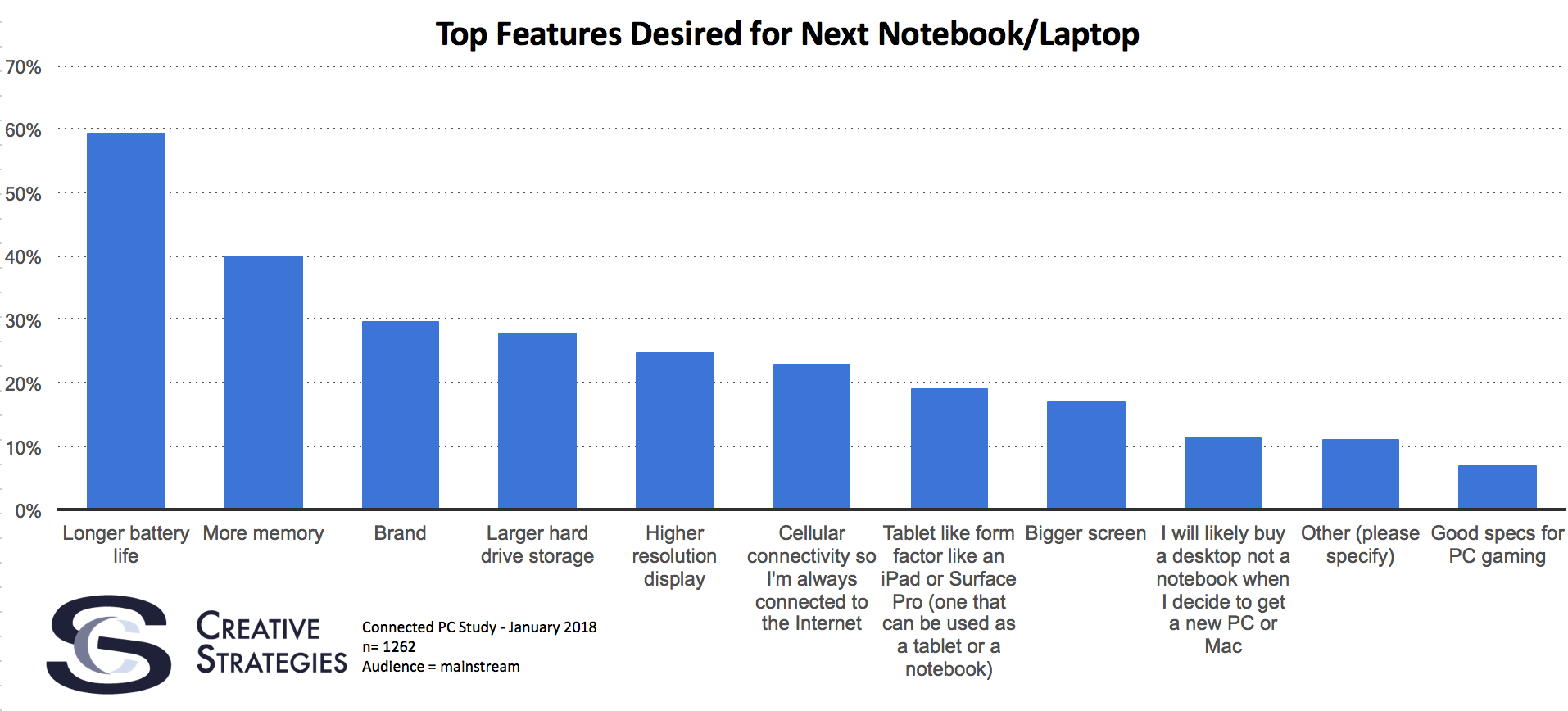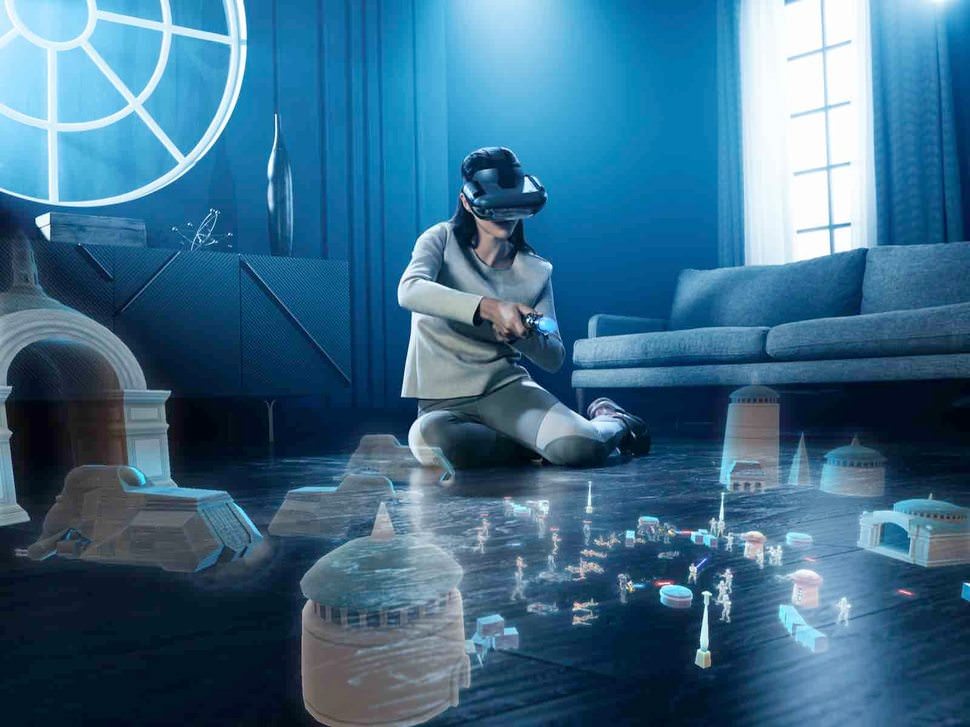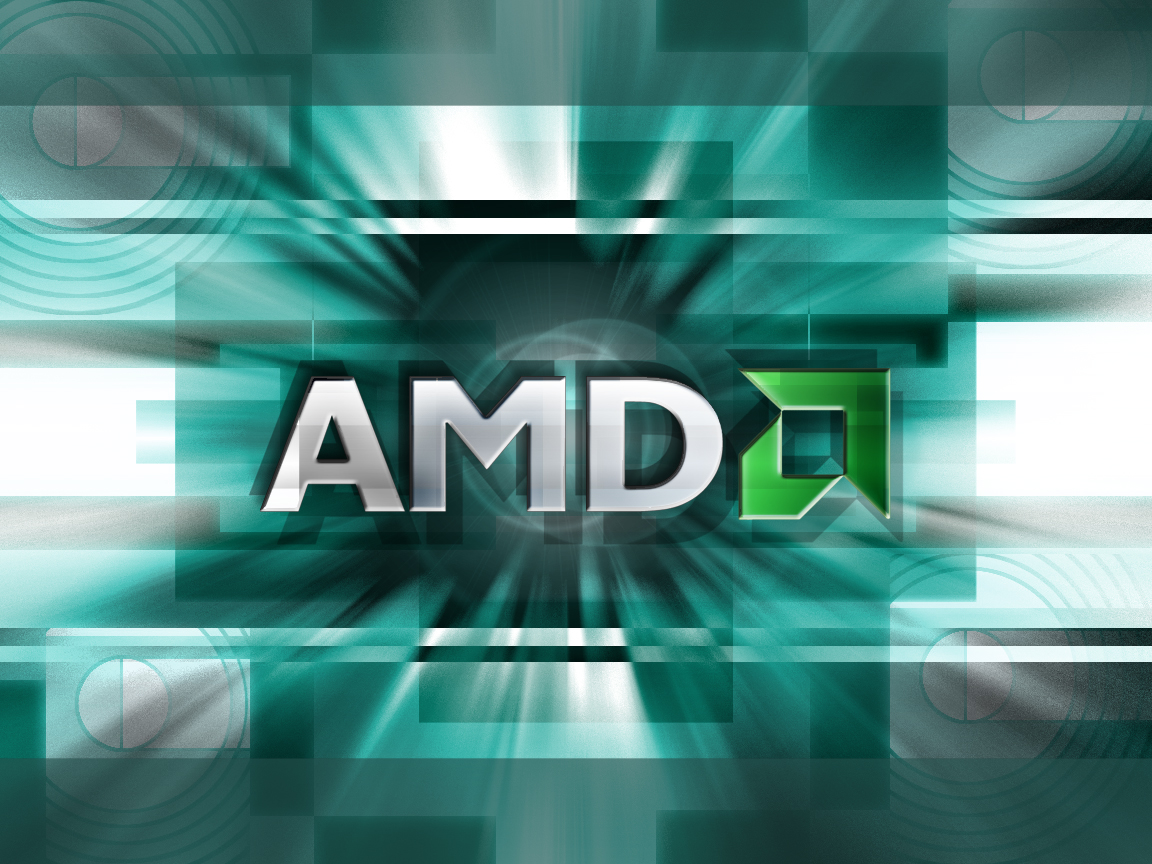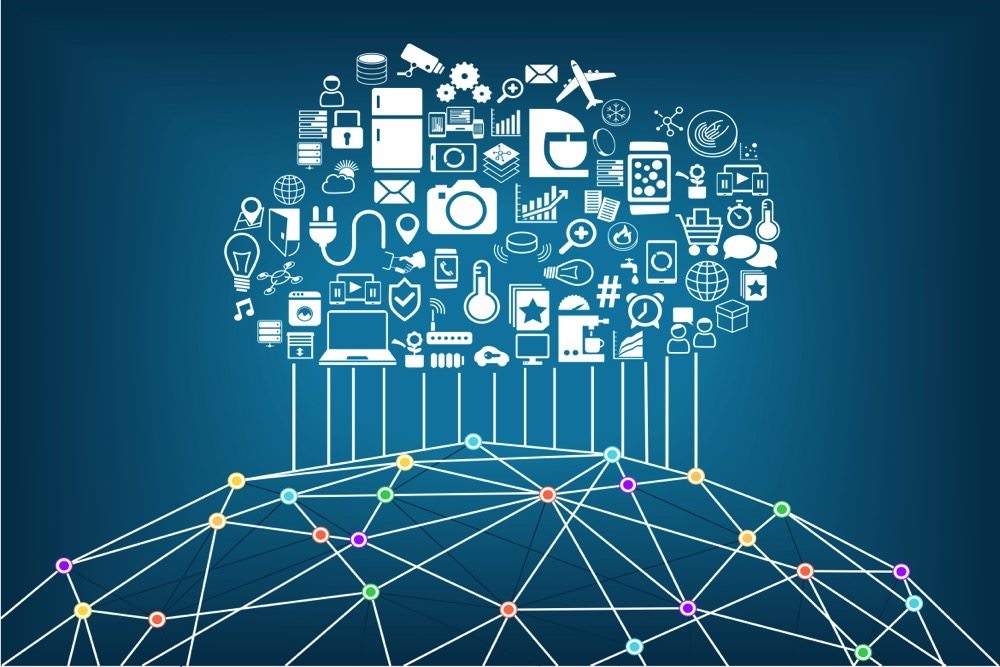Last week I was in Las Vegas to attend my 43rd Las Vegas CES. The show had 2.5 million sq feet of exhibit space, and over 180,000 people attended this show to see the latest and greatest in technology. CES is one of the largest trades shows in the world, and for most of us in tech, we have to go for many reasons. In my case, I have multiple meetings with clients and potential clients and, since I do my homework, I pre-select key products I want to see in person.
The reason I can pre-select the products I really want to see is that as a member of the analyst and press community I received over 2500 meeting requests that started showing up in my email in early Sept. While I just can’t read all of them I do look at each subject line, and if the product in that message is of interest to me, I briefly look at it and then put it on a watch list.
As I get closer to CES, I whittle down my watch list to the ones I want to see in person and add that to my actual meeting schedule.
Ironically, once I set my daily schedule at the show it is pretty much taken up with meetings, and this year I only got to on the LVCC show floor for 30 minutes, and at the Sands Convention Center, I only had about 90 minutes to check out the actual exhibits. However, the show is so expansive now, and with exhibits placed in two major venues and six satellite hotels, even if I spent 100% of my time on the show floor I would not have seen it all in the four days the show was live.
One other issue about being on the show floor itself is that at any given time at least 75-80% of the 180,000 attendees are in the LVCC or Sands and the aisles are packed like sardines so even walking from one exhibit to the other is a challenge. As I tried to walk the aisles at LVCC, the Yogi Berra line of “it’s so crowded nobody goes there anymore” kept ringing in my ears. CES is no longer just about consumer electronics, and as it has diversified and grown, the show itself has become difficult for most people to see the show and especially check out all of the things that would be of interest to them.
While CES will always have a place as a trade show, I believe that key technology that was shown at CES in 2014 will push this show and many others in the direction of what will be called virtual trade shows. This is the year Oculus Rift launched at CES. The concept of virtual trade shows has been around for some time, but the technology has not available to create the kind of experience one must have that replicates being at the show and walking through the exhibit as if you were there.
Thanks to virtual reality goggles and platforms like Oculus, Vive and others in the works, I could envision that within the next 6-8 years, it will be possible for every vendor to create a VR based 360 degrees exhibit that anyone could go to on demand and experience the product or service they want to see as if they were at any given trade show.
Imagine a virtual CES. Using VR glasses, you would be able to walk through LG’s video canyon as thousands of us did at CES and marvel at the technology behind it. Or you could stand in front of Sony’s new 146 Inch 8K TV and see and explore it as if you were at the show itself.
Indeed, every vendor could use VR tools and 3D cameras as well as perhaps a dedicated Pagemaker like software solution one might call “TradeShow Maker” that would work with all VR glasses. These types of virtual VR exhibits could be tied to a virtual show, or the vendor could just create a special exhibit that they use and update it multiple times during the year as they launch their products. I suspect for more professional VR exhibits, professional grade tools and services might be employed.
The economics of this is also interesting. If you were at CES and saw the huge exhibits from companies like Sony, Samsung, and LG you might have wondered how much this cost them? While I don’t know the exact amount, I do know that just creating the giant exhibits as well as staffing them is well over $5 million and I have been told that this number might be very conservative. Add the booth space costs, hotels, travel expenses and wear and tear on exhibit staff and these costs are nothing to laugh about.
On the other hand, the cost of creating a virtual exhibit, using VR tools and even professional media services to produce them would probably cost no more than 20% the cost of doing these large booths, paying for space and staffing them. And the fundamental designs of these virtual booths could be modified and thus reusable. Even more interesting to the vendor is that instead of showing their wares to 180,000 and hoping the media can get the word out about their products, VR booths could now become available to millions of people who would like to see an actual demo of their products before they buy them.
I became convinced that the idea of a virtual or VR based trade shows was in our future after I was shown how Cirque Du Soleil used VR to put a person on a stage and do the show around them. You can see this virtual show using Samsung’s Gear or Google’s Daydream to understand what it is like to have a show like this where the acts are done a few feet from your virtual seat. While this represented virtual entertainment, my mind wandered over to the idea of virtual product reviews and how that might impact trade shows in the future.
As for the meetings and interaction with people at these booths, video conference systems such as Zoom and Skype video make it simple to provide the interactive video component of a virtual trade show. While viewing the exhibit through VR glasses, a representative from the company could be doing the demo as if they were standing next to you at the show.
Of course, the consequences of VR based trade shows could have a huge impact on convention centers and any venue such as hotel ballrooms where smaller trades shows are done. If we get the technology right and VR could be used to deliver virtual trade shows of any size, vendors could eventually opt for this means of getting the word out on their products and trade shows in general could eventually become less important.
Now, this won’t happen anytime soon. But after seeing the demo of HTC’s Vive Pro and the vivid VR content it can deliver, I am convinced that the time will come when we can create virtual product pitches and use them as if they were part of a trade show.
Also, VR headsets are not close to being prime time products for consumers. AR will be the next evolution where mixed reality will take off, but I now believe that a killer app for VR just might be for virtual product demos and in creating virtual trade show exhibits that can be viewed on demand.
Each year I leave CES I say that this will be my last. It takes a toll on my body and each day this year I walked close to 10 miles to get to meetings, different venues and to see the exhibits that I could. Perhaps my vision of a virtual CES is more personal in that I would prefer this way to see products than to have to deal with 180.000 people and endure the costs of travel, hotels, meals, etc.
But if you study VR and have a bit of imagination, you can see that the virtual trade show concept I laid out is inevitable. The technology that could deliver this VR to the mass market may still be as much as 8-10 years away, but I no longer think virtual trade shows are a pipe dream.
I believe VR technology will make virtual trade shows possible and expand many vendors reach exponentially and become one of the most important selling tools they will have in their sales arsenal.
